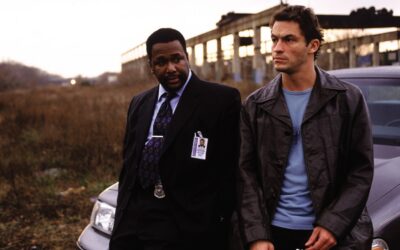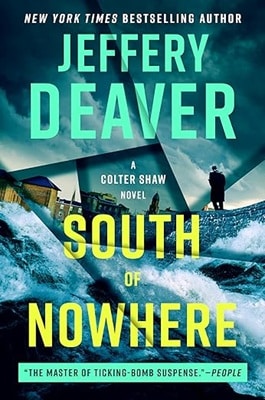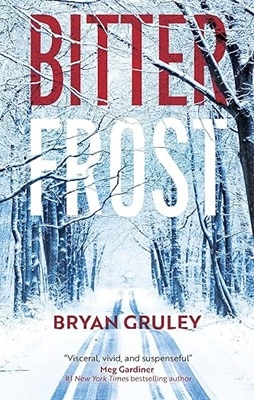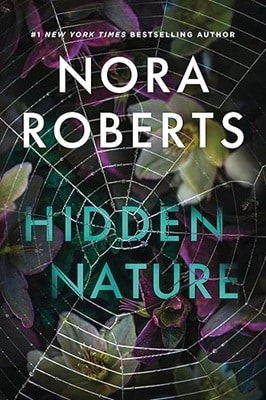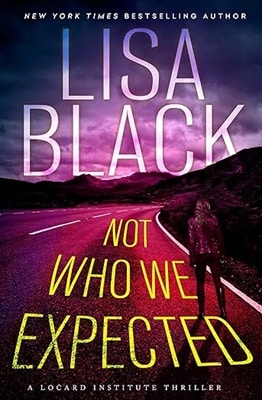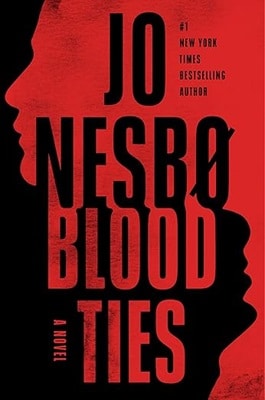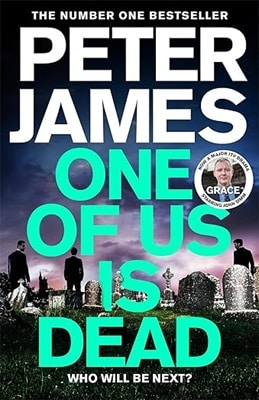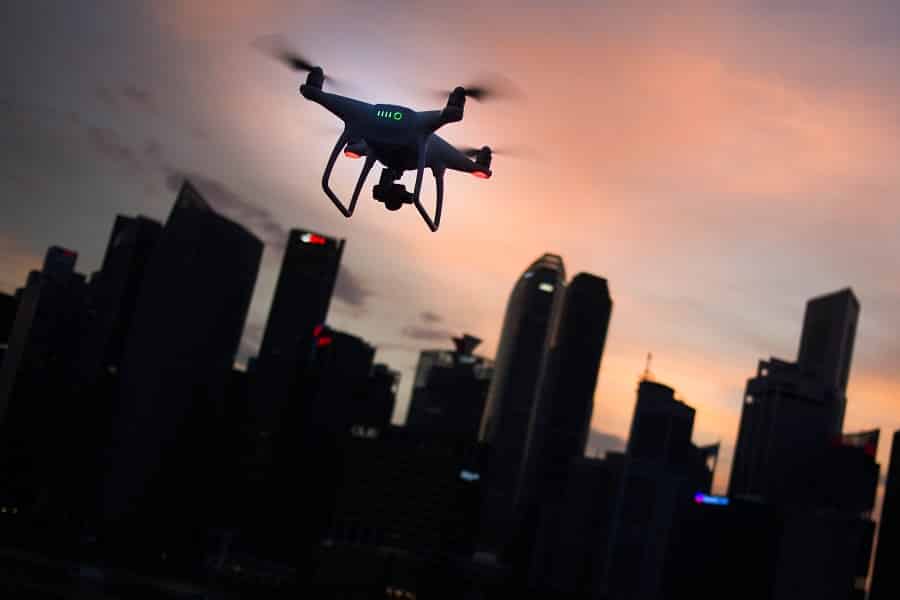
Feature
Crime and Tech
Since the dawn of civilization, humanity has come up with creative and sometimes deadly ways to exploit technology for crime; from an intimate murder of a rival using a worn wooden club, to impersonal internet phishing scams.
Our fiction is no different. Like a mirror it reflects and captures the modes and methods of the times. Authors of the sci-fi, crime, and technothriller genres have generally kept their fingers on the pulse of technological advancements.
Think of Michael Crichton’s 2002 thriller Prey, where the protagonists are literally chased around by clouds of deadly nanobots. Or the 2008 film, Eagle Eye, about a rogue military AI that uses a predator drone—among other tools—to try and dismantle the U.S. government. Or perhaps the most classic example: Isaac Asimov’s I, Robot, a cautionary set of tales about man and robots, complete with his famous three laws of robotics. (Which you might say is a way off, but have you seen Amazon’s new robot?)
According to Baylor professor Nicole Kenley, crime fiction and technology go way back: “detection and technology have been inextricably linked since the genre’s beginnings in the mid-19th Century. That included the telegraph and the photograph, as well as other more sensational technologies like the lie detector, also introduced in the 19th century. The cutting-edge technology in the crime fiction of the hardboiled era of the 1920s and 1930s was definitely fingerprinting, which of course endures today.”
Fingerprinting is great, but what about emerging technologies? Tech that you may hear about on the news or read about in magazines but still is a way off from showing up in your living room. Have those made their way into fiction?
Turns out, the answer is yes.
Jeffrey Deaver’s The Steel Kiss and William Hertling’s Kill Process both utilize the Internet of Things (IoT)/Smart devices as plot devices/weapons. A concept perhaps illustrated first in my life through the 1999 cult classic Disney Channel film, Smart House.
Eliot Peper’s Bandwidth examines a world where people can’t get out of bed without their digital feed. Imagine a supercharged fusion of augmented reality, your calendar and Facebook.
Blake Crouch’s fantastic Dark Matter explores one man’s journey into a strange and new world, eerily similar yet different from his own. Spoiler: it involves the title.
Each of these novels takes an emerging technology and pose the question: what if? Just think of all the other potential novels out there. How long until we see a novel about a rogue and murderous Siri/Alexa (themselves pale shades of Hal 9000)? A hacked self-driving car? A vengeful or perhaps lonely Uber driver abducting passengers? Poisoned GrubHub? A virtual reality platform used to exploit and divide the world? Time will tell.
advertisement
We’ve established that as technology grows, so too does fiction’s capacity to imagine crime in creative ways. However, that’s only one side of the equation. With every crazy technology fueled murder there’s also the opportunity for even better tech-inspired ways to solve them.
Some of my favorite examples:
Andrew Mayne’s The Naturalist series, protagonist Theo Cray uses AI, machine learning, and science to map and identify the behavior of a predatory killer and uses it to predict his next move with thrilling consequences.
Steig Larsson’s spunky detective Lisbeth Salander uses her prodigious hacking skills to help gather evidence in The Girl with the Dragon Tattoo. Uncovering a global and interconnected web of crime.
There are many others out there using things like internet browsing history, cell phone location tracking, and more all in service of solving a mystery. Dot Hutchison’s The Collector Series starting with the amazing The Butterfly Garden is a great example of some of the modern tools FBI agents and detective have at their disposal.
Ironically, there are some authors who instead of leaning into technology have instead looked to the past to comment on our usage of it today. One of Professor Kenley’s favorites at this was Sue Grafton’s Alphabet series. “Grafton’s alphabet series invites readers back into a world in which information wasn’t instantly available through search engines.”
We’ve discussed how technology and crime, and technology and fiction have been intertwined since the beginning of well everything. With every innovation comes the inevitable author trying to work it into their stories. That’s because it’s often the twists of the mundane that inspire the most fear or intrigue. Regardless of your viewpoint on technology its part in our lives and in our fiction is here to stay. We only have to ask ourselves: what’s next?
About the Author
Jason Galliger is a digital marketer and author. He was born and raised in the Washington D.C. area and earned his bachelor’s degree from Virginia Tech, double majoring in communication and political science. He went on to achieve his Masters in Business Administration from Georgetown University’s McDonough School of Business. The Terminal Code is his first novel.

More Crime Features
Criminal Fashion
Iconic Outfits and Styles in Crime Fiction
Ethics in Crime Fiction
Exploring Morality in Law and Order
Hard Case Crime
Celebrating its 20th anniversary
Advertisement
Crime Reads
advertisement


